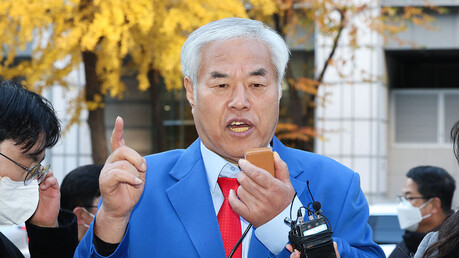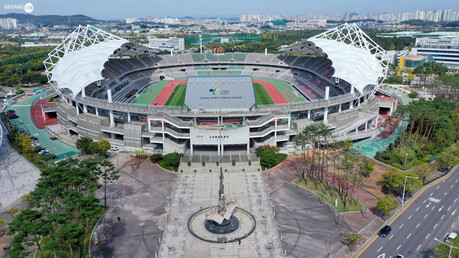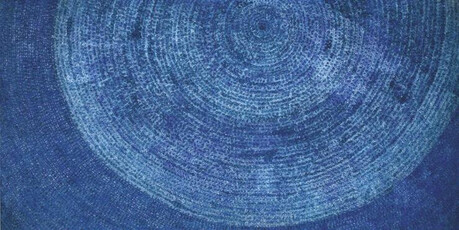
NEW YORK – A masterpiece by Kim Whanki (1913–1974), a pivotal figure in South Korean abstract art, was sold for a staggering $8.4 million (approximately 12.3 billion Korean won) at Christie’s New York on November 17 (local time), cementing its status as the second most expensive Korean artwork ever sold at auction.
The monumental '19-VI-71 #206' (1971), a definitive example of Kim’s iconic "Full Dot Painting" series (전면점화, jeonmyeon jeomhwa), was the highlight of the '20th Century Evening Sale'. According to Christie’s, the buyer will ultimately pay an estimated total of 15.1 billion won (including buyer's premium).
This record-breaking sale reconfirms Kim Whanki’s preeminence in the Korean art market. The highest price ever attained for a Korean artwork remains his own ‘Universe’ (05-IV-71 #200), which fetched approximately 13.2 billion won at a Hong Kong auction in 2019. Furthermore, Kim’s work also occupies the third position on the list: another full-dot painting, '3-II-72 #220' (1972), was sold for 8.53 billion won at a Seoul Auction Hong Kong sale in 2018.
‘19-VI-71 #206’ is a large-scale canvas, measuring 254 cm wide by 203 cm high (roughly 100 x 80 inches). It exemplifies the artist's mature New York period, characterized by an infinite sense of cosmic space achieved through countless, meticulously applied dots.
Christie’s highlighted the extreme rarity of this particular piece, noting its substantial size. They estimate that less than 30 of Kim’s works from this prolific period exceed the standard 200-ho size (259.1 x 193.9 cm), significantly boosting its scarcity and value in the global art market.
Kim Whanki's journey from pioneering modernist in Seoul to international abstract artist in New York defined his career. His "Full Dot Paintings," executed during his final years in the United States, are considered the pinnacle of his achievement. These works transform the traditional Korean artistic sensibilities of nature and contemplation into a universal language of abstraction, using repetitive dots to represent stars, the sea, or human memory—a meditative, transcendental aesthetic that continues to captivate collectors worldwide.
The success of '19-VI-71 #206' underscores the growing international appreciation for post-war Asian abstraction and firmly establishes Kim Whanki as a blue-chip artist whose valuation transcends regional boundaries. His abstract vision, rooted in traditional Korean ceramics and landscape painting, has achieved true global currency.
[Copyright (c) Global Economic Times. All Rights Reserved.]




























